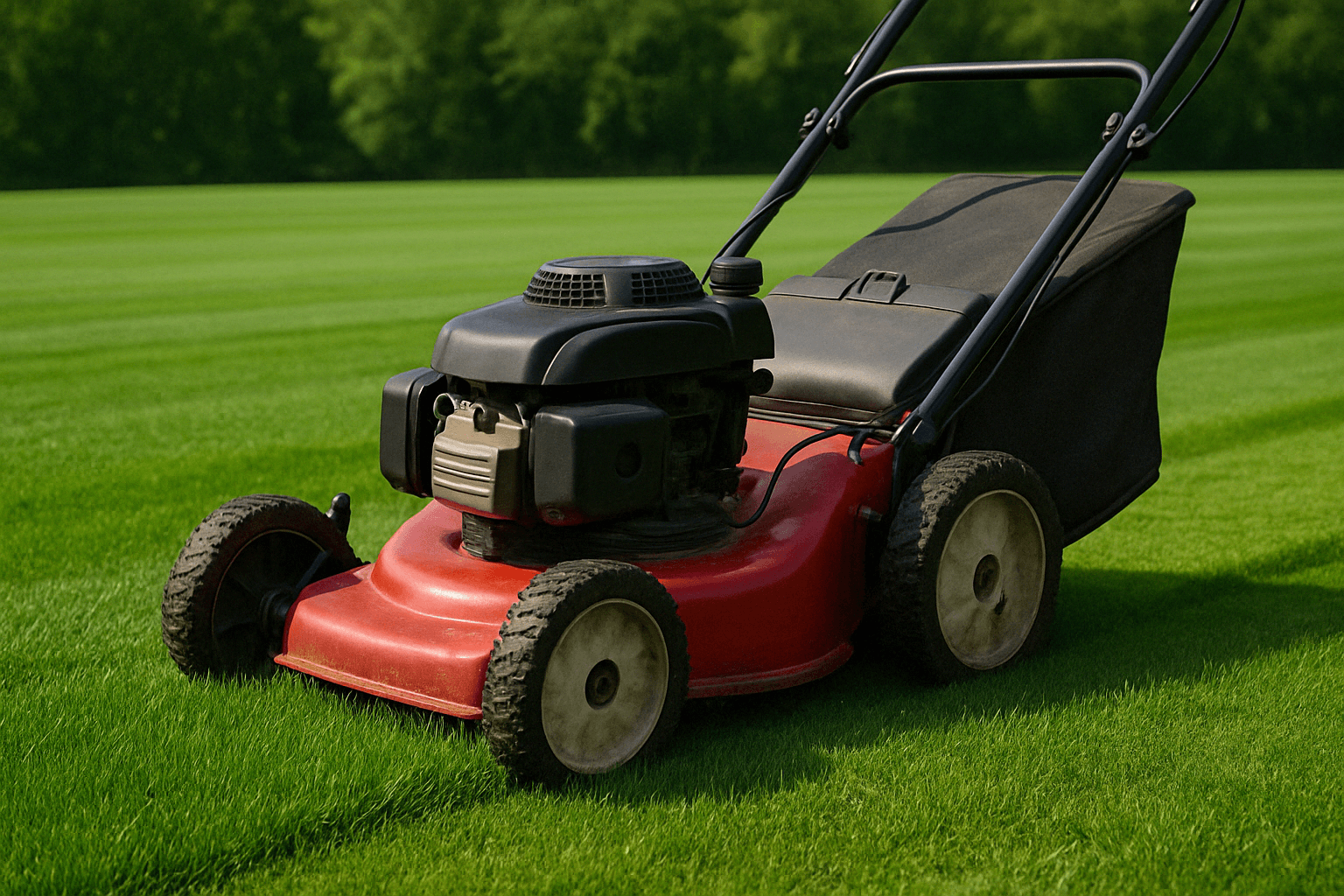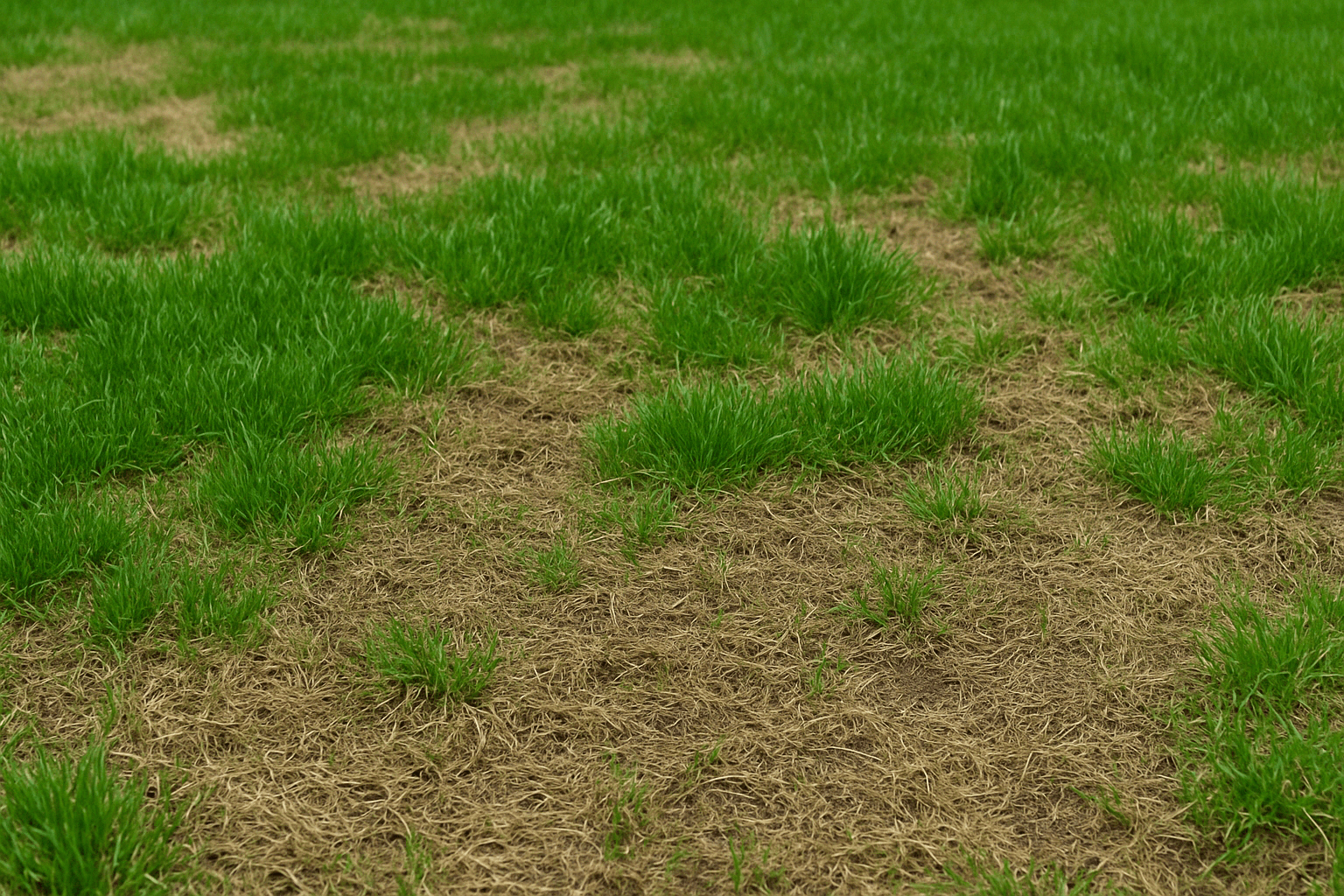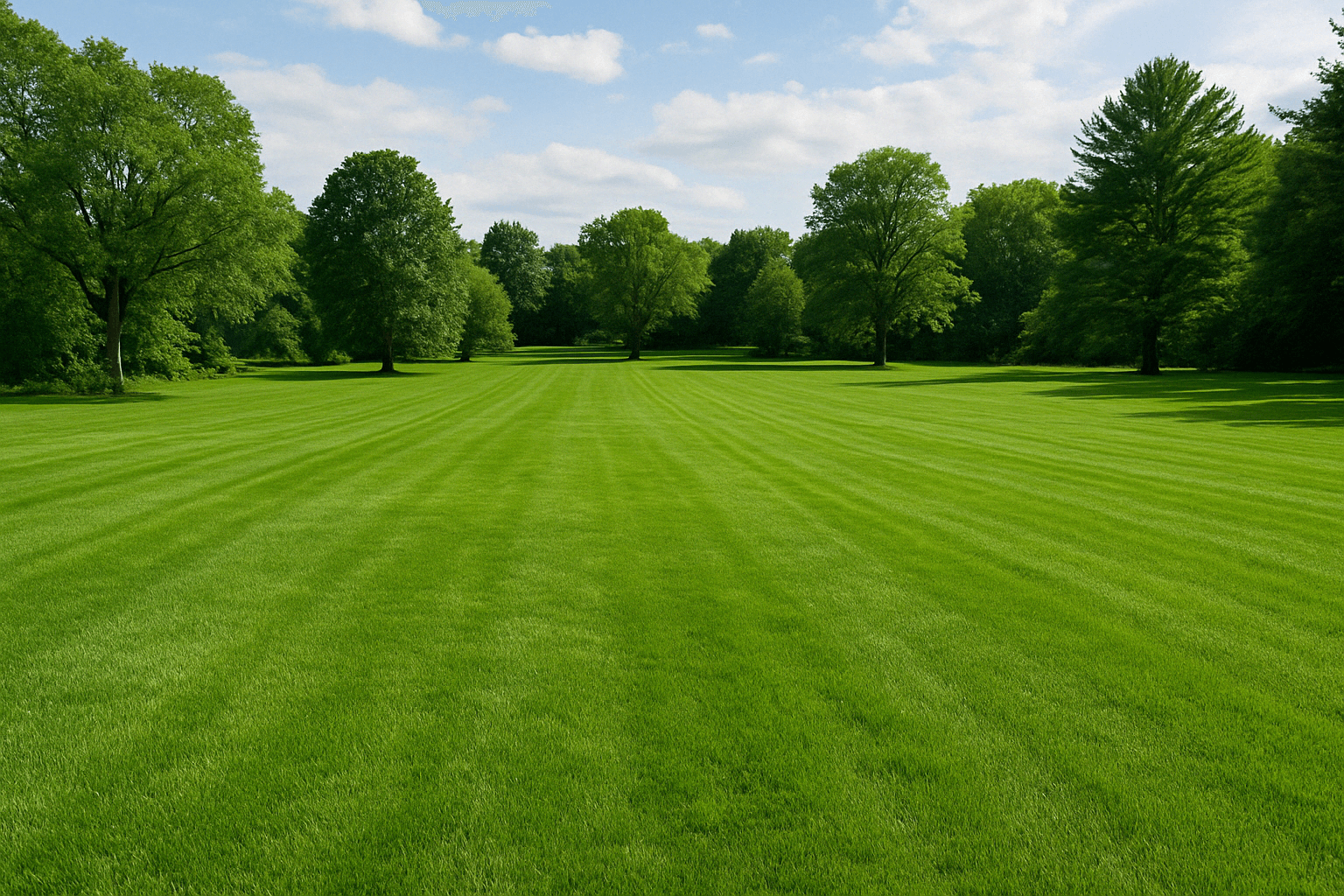Why Your Lawn Looks Dead (And How to Revive It Like a Pro)

Is your lawn more of an eyesore than an oasis?
If your grass has turned brown and patchy, you might be wondering what’s gone wrong—and whether there’s hope for a comeback.
Good news: there is. With the right know-how and a little effort, you can absolutely bring your lawn back to life.
Let’s break down the root causes of lawn damage and walk through a step-by-step plan to restore it like a pro.
The 5 Silent Killers of Healthy Grass
Before fixing your lawn, it’s important to identify what’s actually wrong. In most cases, one or more of these five issues are the main culprits:
1. Compacted Soil
Over time, soil gets pressed down from foot traffic, rain, and even lawn mowers. This compaction prevents oxygen, water, and nutrients from reaching the grass roots. Without air and nutrients, your lawn slowly suffocates.
2. Excessive Watering
More water does not mean more growth. In fact, watering too often keeps roots shallow and soggy, creating the perfect environment for fungus and root rot. It also attracts pests.
3. Improper Mowing
Cutting too short, or mowing with dull blades, weakens grass. It removes too much of the blade surface, which grass needs for photosynthesis. This opens the door for weeds and heat damage.
4. Poor Soil Nutrients
Your grass can’t thrive without a balanced diet. If your soil lacks nitrogen, potassium, or phosphorus, growth slows and color fades. Soil testing is the best way to know what’s missing.
5. Pests and Diseases
Grubs, fungi, chinch bugs, and other pests can devastate even the healthiest lawn. Many infestations go unnoticed until it’s too late. Brown spots that don’t respond to watering may be a sign.
Are You Overwatering Without Realizing?

Most homeowners water incorrectly.
They either water too often or at the wrong time of day.
Here’s the right way:
-
Water deeply, not frequently. This encourages roots to grow deeper, making your lawn more drought-resistant.
-
Best time to water: Early morning (between 5–9 AM). This reduces evaporation and discourages mold and fungus.
-
How much to water: 1 to 1.5 inches per week, including rainfall.
Quick trick: Place an empty tuna can on your lawn while watering. When the can is full, you’ve watered one inch.
If you’re watering more than this, you’re likely doing more harm than good.
The Science of Soil: The Foundation of a Healthy Lawn
You can’t fix the surface without fixing what’s underneath.
Healthy soil is the foundation of every great lawn. That means:
-
Loosened soil structure (not compacted)
-
Balanced pH levels (ideal is between 6.0 and 7.0)
-
Plenty of organic matter (compost, worm castings, etc.)
Do This First:
-
Get a soil test kit (available online or at garden centers)
-
Check for deficiencies in nitrogen, phosphorus, and potassium
-
Test pH level and amend accordingly with lime or sulfur
Lawn Revival Cheat Sheet: A 4-Week Plan That Works

You don’t need expensive landscaping services to bring your lawn back. Just follow this weekly plan:
Week 1: Loosen and Prep
-
Dethatch the lawn with a rake or dethatcher
-
Core aerate to break up compacted soil
-
Remove weeds by hand or with a safe herbicide
Week 2: Seed and Protect
-
Overseed the lawn using a seed blend matched to your climate
-
Add a thin layer of compost or topsoil to protect seeds
-
Water lightly every day to keep seeds moist (not soaked)
Week 3: Feed and Watch
-
Apply a starter fertilizer (high phosphorus for root growth)
-
Monitor for pests or mold growth
-
Adjust watering to 3x per week, deeper but less frequent
Week 4: Mow and Maintain
-
Mow when the new grass hits 3–4 inches, using sharp blades
-
Never cut more than 1/3 of the grass blade height
-
Begin your normal watering and fertilizing schedule
Mowing: The Most Overlooked Problem
Your mowing habits directly affect lawn health.
Here are a few quick rules to follow:
-
Keep your blades sharp. Dull blades tear grass, leaving it vulnerable.
-
Follow the 1/3 rule. Never remove more than 1/3 of the blade at once.
-
Mow when grass is dry. Wet grass clumps and damages easily.
-
Vary your pattern. Mowing the same way every time compacts soil and leans grass in one direction.
Don’t Forget About Edges and Shady Spots

The edges of your lawn and shaded areas often get neglected. But they’re just as important.
-
Trim grass near sidewalks and fences regularly
-
Use shade-tolerant grass seed in covered areas
-
Avoid overwatering shaded areas, as they dry slower and develop fungus faster
When to Call in the Pros (and When Not To)
Some lawn issues are too big to DIY, like:
-
Large grub infestations
-
Full-lawn fungal infections
-
Total soil remediation needs
If you’ve followed the revival plan and your lawn still looks terrible, it may be time to call a local expert for diagnosis.
But in most cases?
You can do this yourself with patience and consistency.
3 Lawn Care Myths That Might Be Wrecking Your Yard
❌ Myth #1: You should water daily
Truth: Deep watering 2–3x a week is better than daily shallow watering.
❌ Myth #2: Grass grows best when cut short
Truth: Short mowing weakens roots and invites weeds.
❌ Myth #3: All fertilizers are the same
Truth: You need different nutrients at different times of year. Use a fertilizer suited to your current goals (growth, root health, color, etc.).
Best Tools for a Healthy Lawn (That Are Actually Worth It)
-
Soil Test Kit ($15–20) – for nutrient/pH analysis
-
Manual or Gas Aerator – to open up compacted soil
-
Broadcast Spreader – to evenly apply seed and fertilizer
-
Compost or Topsoil – to lightly cover seed and improve soil
-
Lawn Mower with Sharp Blades – sharp blades = clean cuts
You don’t need a thousand-dollar budget. You just need the right tools used the right way.
Final Thoughts: Lawn Care Is a Long Game

The most important thing to remember?
Lawn care is not a one-time event—it’s a routine.
If your lawn looks dead today, that’s okay.
What matters is what you do next.
Follow the revival cheat sheet. Avoid the silent killers. Water with intention. And remember: the more consistent you are, the better your lawn will reward you.
Need more help?
No worries! We’re the lawn experts! Contact us by emailing at contact@robertjglass.com or give us a call at (970)-879-3357 to set up an appointment.